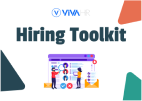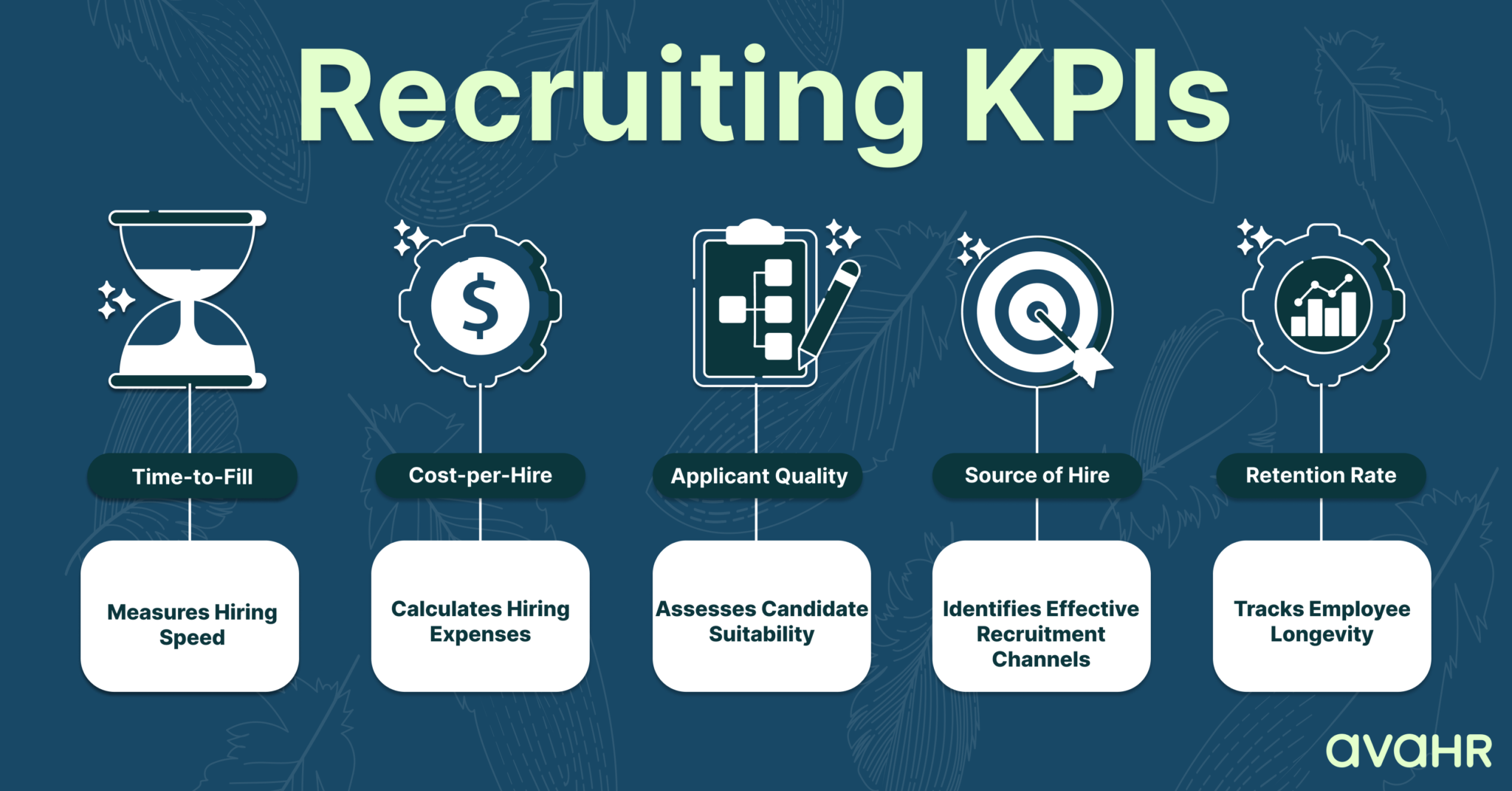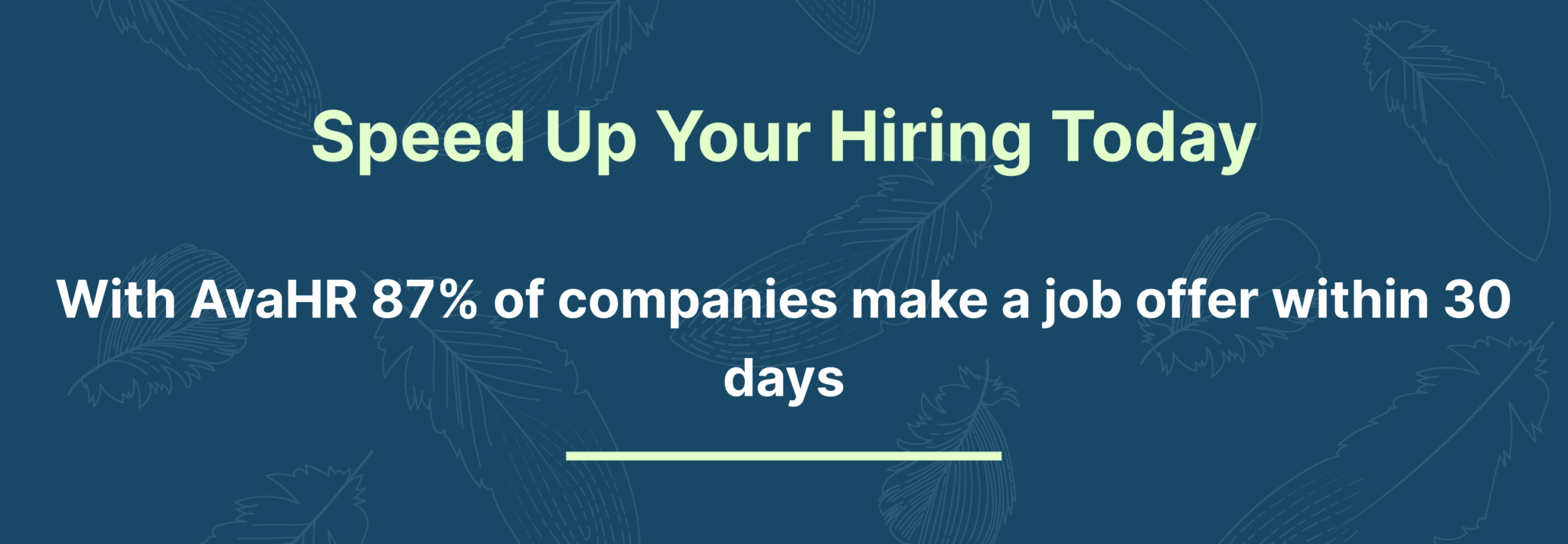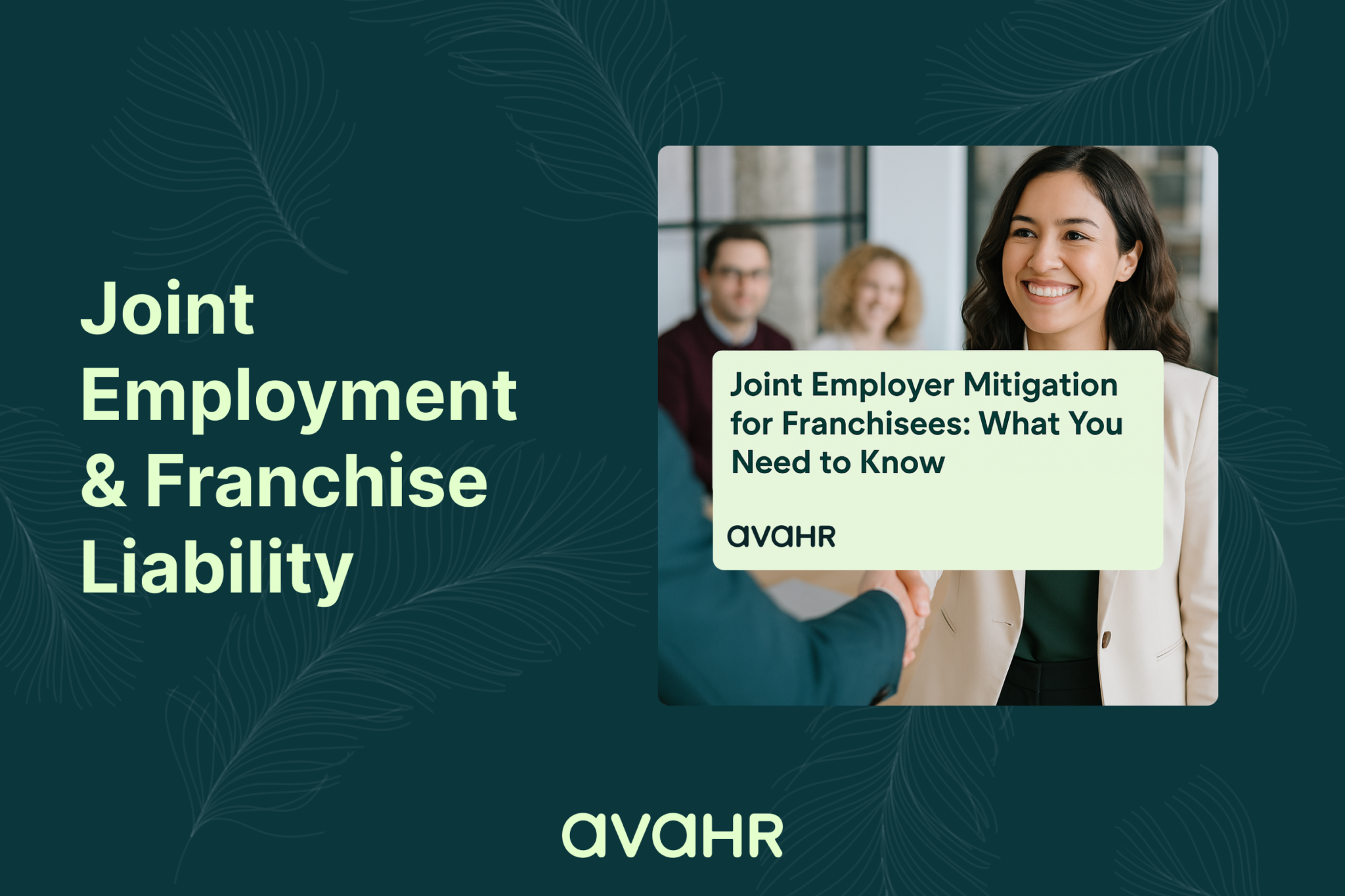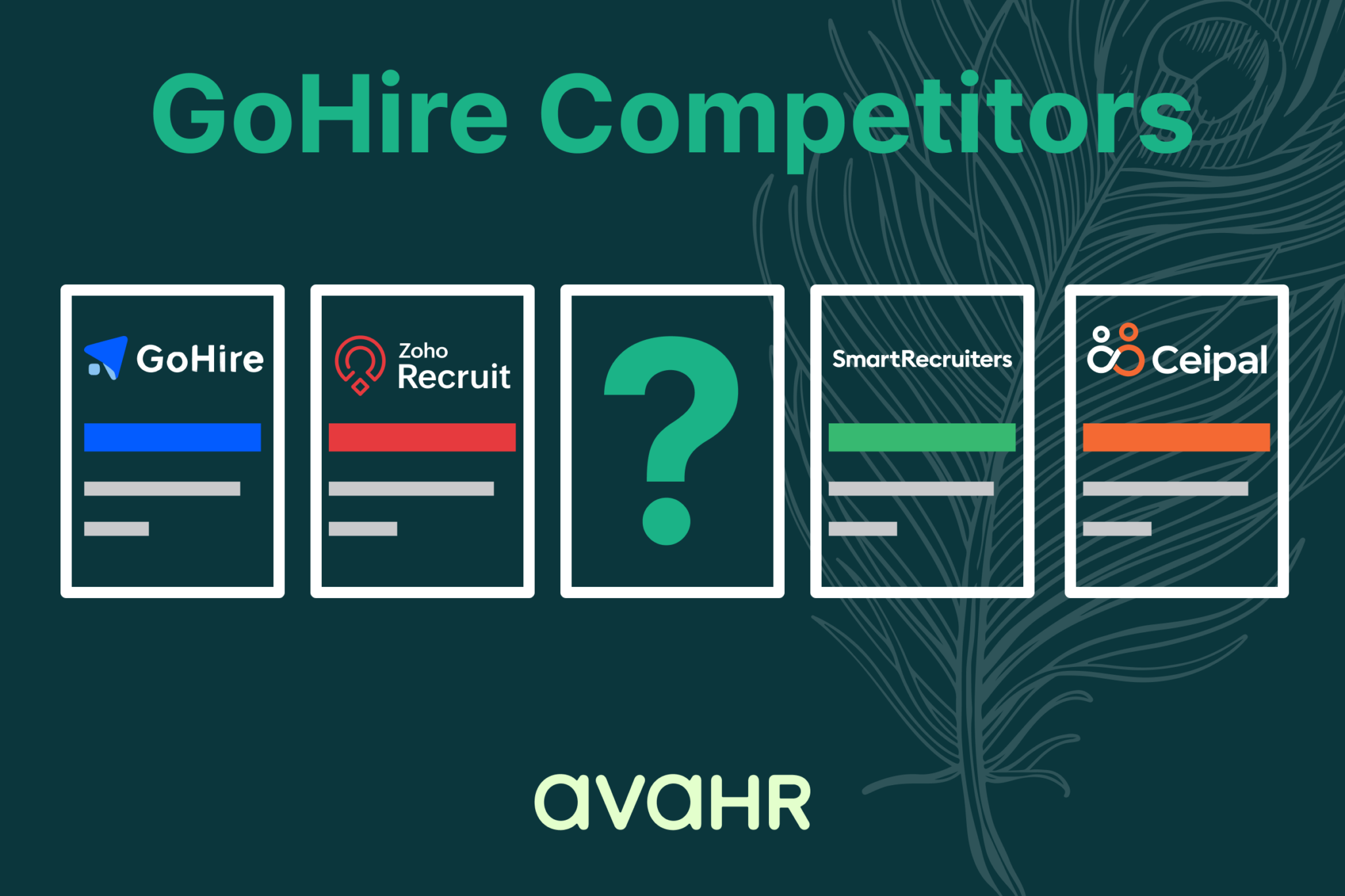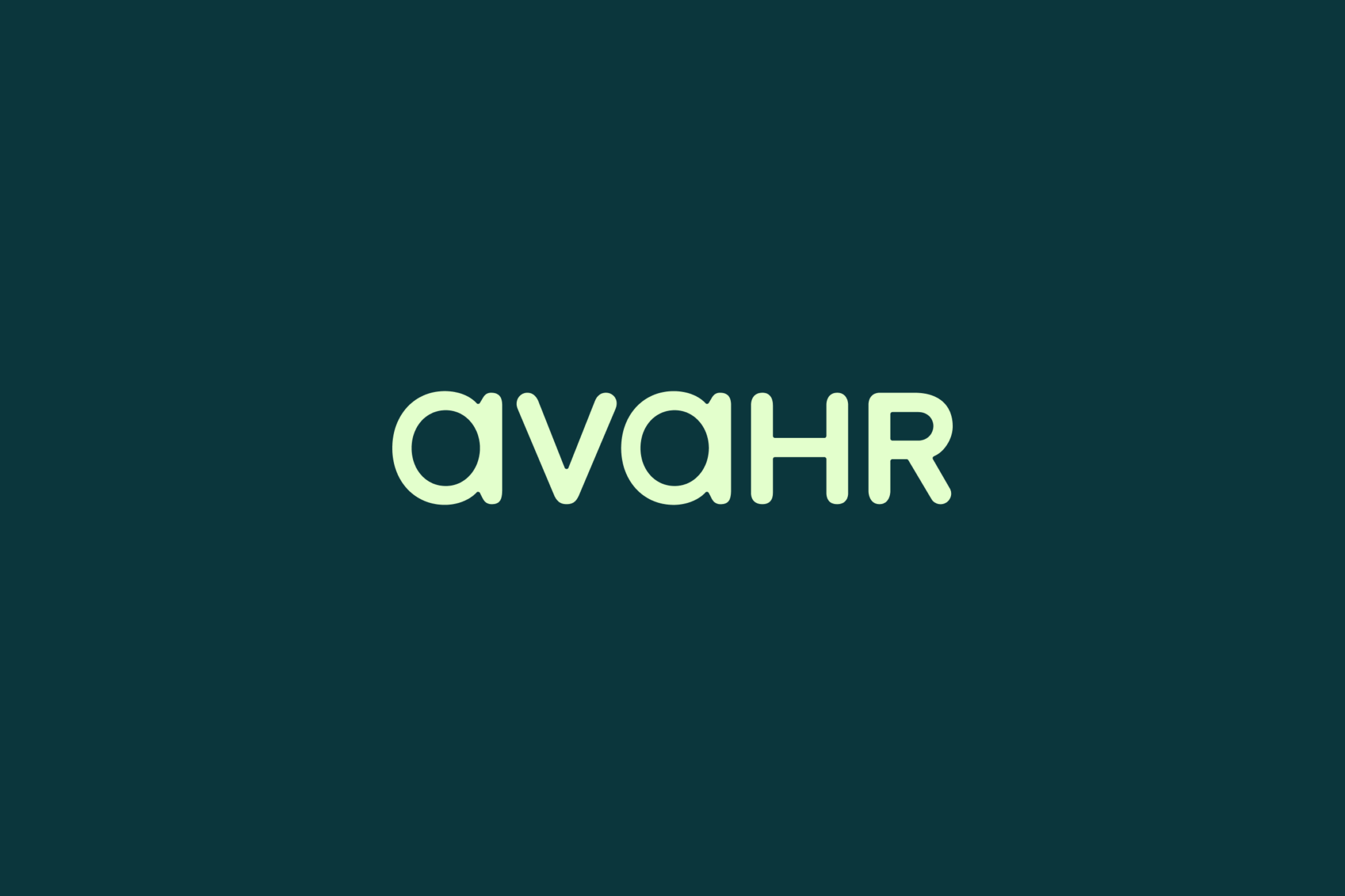2. Cost-per-Hire
Cost-per-hire (CPH) is all about figuring out the average cost it takes to welcome a new member to the team. It covers everything, from what you pay recruiters to the money spent on career sites and even those referral bonuses for employees. Keeping an eye on CPH is super important for small businesses watching their budgets.
Keeping CPH Low
Small businesses can keep their CPH in check by tapping into low-cost recruitment channels, getting creative with social media and networking, leaning on employee referrals, and taking advantage of free job posting platforms.
Making CPH Work for You
By getting to know your CPH, you can figure out the most cost-effective hiring channels. This way, you can put more resources into the ones that bring in the best hires.
3. Applicant Quality
How do you figure out if someone’s a good fit for a role? Well, it’s all about measuring applicant quality – how well their skills match up with what you need and how they vibe with your company culture.
Attracting High-Quality Candidates
Crafting engaging job descriptions that truly capture the essence of the role and the vibe of our company culture is crucial for drawing in top-notch candidates. Plus, incorporating skill-based assessments during the application process is a fantastic way to really see what makes each candidate unique.
Refining the Application Process
A complicated or tedious application process might turn away top-notch candidates. By making your application process smoother and more efficient, you’ll likely see more high-quality applicants coming your way.
4. Source of Hire
Getting to know where your best candidates come from is key to honing your sourcing strategies. The source of hire KPI helps you track which channels – like job boards, referrals, or recruitment agencies – are doing a great job at bringing in new hires.
Diversifying Your Sourcing
Depending on just one hiring source can be risky. It’s smarter to mix things up! By trying different ways to find candidates, you’re not stuck with just one option. This makes your hiring process more reliable and long-lasting. You could promote internal mobility programs within your company to diversify your hiring approaches.
Analyzing Channel Efficacy
Make sure to regularly check how each sourcing channel is doing so you know your recruitment efforts are paying off. Especially for smaller businesses, figuring out where to best invest your recruiting budget can really help save some money and bring great benefits.
5. Retention Rate
Recruiting is just the start. Keeping your employees is just as important. The retention rate KPI tracks how many of your team stick around for a set period, typically a year.
Retaining Top Talent
Providing competitive salaries, great benefits, and a positive work environment goes a long way in keeping employees around, especially in small businesses where each person’s contribution really matters.
Tracking and Improving Retention
By keeping an eye on retention rates following various recruitment efforts, you can spot trends and take steps to lower turnover. Understanding why employees leave and proactively tackling these issues helps you build a more employee-friendly culture.
Enhancing Your Hiring Strategy through Recruiting KPIs
These key KPIs are like a treasure map for small businesses looking to spice up their recruitment game. By keeping an eye on these important numbers and tweaking your strategies to improve them, you’re pretty much guaranteed to see some exciting changes.
Think better hiring speed, smarter cost management, top-notch talent, and folks who stick around for the long haul. ✅
In today’s hustle-bustle job market, small businesses really can’t afford to miss out on the magic of effective KPI tracking in recruitment.
It’s not just about numbers, it’s about crafting a recruitment strategy that’s flexible, top-tier, and perfectly suited to the unique vibe of your growing company.

So What’s the Takeaway?
Investing time and effort into understanding your recruitment KPIs is like investing in your small business’s future success.
It’s about finding and keeping the amazing talent that will help your business soar, all while building a culture that celebrates growth and success. ✨
Don’t wait to make these crucial KPIs a part of your recruitment strategy. By doing so, you’re setting your small business up for long-term wins in finding and keeping the stars that will take your business to new heights.
AvaHR is designed just for SMBs like yours! We’re here to kickstart your speedy and successful hiring journey. Sounds great, right? 🚀
Schedule your live demo today. Our friendly hiring pros are ready to guide you through every step of this exciting adventure.


